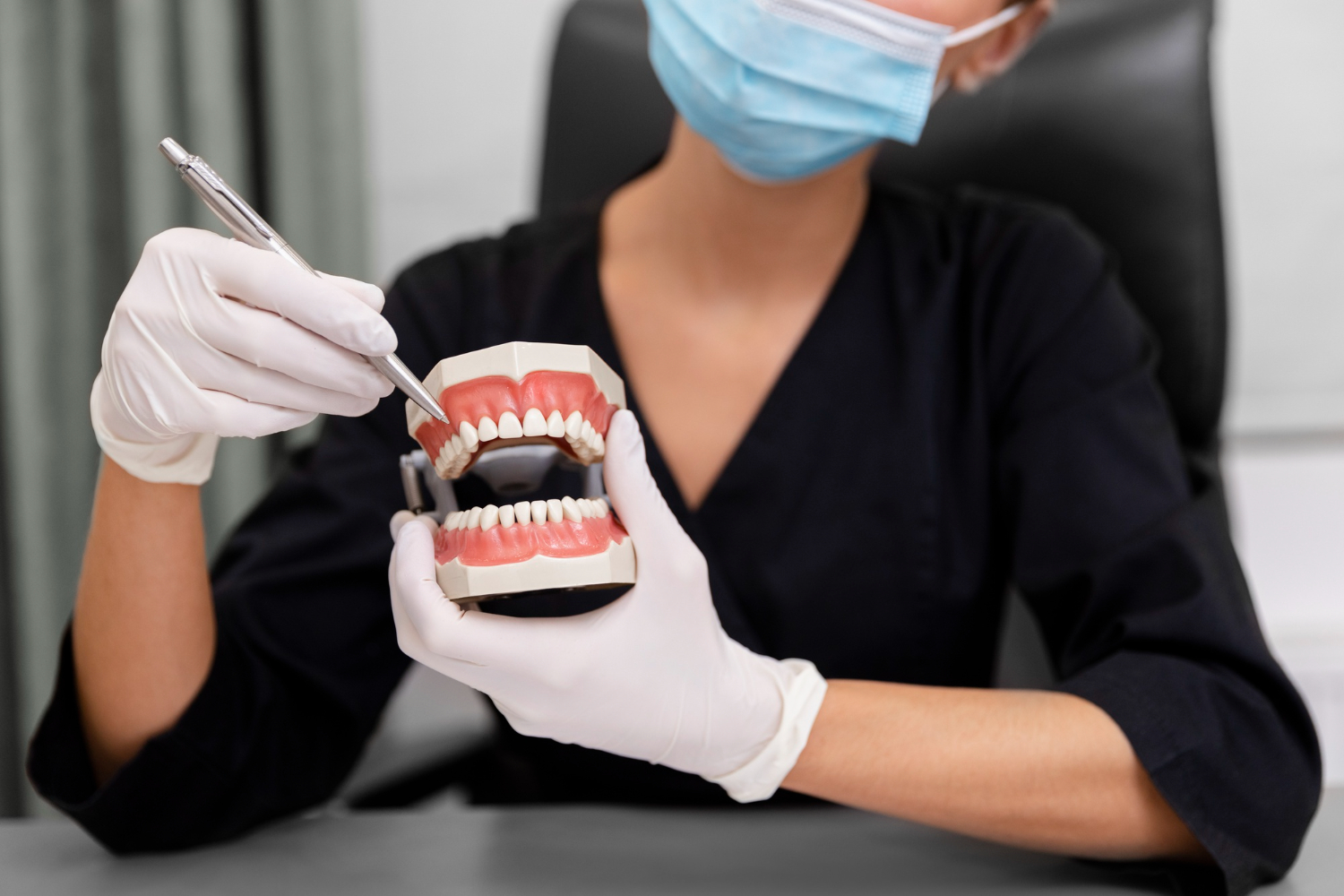Crowns and bridges are prosthetics that are used to cover one or more teeth. A dental crown is fitted on top of a damaged tooth or an implant, to cover it completely and to restore the bite. If you have had a root canal procedure done, then your dentist must have fitted a dental crown or ‘cap’ on the treated tooth.
A dental bridge is used to cover a gap or is fitted over multiple teeth, especially if one or more teeth are missing. It is fitted over a row of teeth that are around the missing or treated tooth.
Crowns and bridges enhance the appearance of the teeth, as well as their alignment, shape and the bite. It prevents teeth from shifting owing to missing teeth in between, which creates gaps. Dental crowns and bridges have varying costs owing to the material used and the extent of the procedure.
Frequently Asked Questions
What is the difference between a crown and a bridge?
A dental crown is a cap that covers a damaged tooth or implant to restore its shape, strength, and appearance. A dental bridge, on the other hand, is used to replace one or more missing teeth by anchoring onto the adjacent natural teeth or implants.
Why do I need a dental crown after a root canal?
After a root canal, the tooth can become brittle and prone to fracture. A dental crown is placed over the treated tooth to protect it and restore its function, preventing further damage.
How long do crowns and bridges last?
With proper care and maintenance, dental crowns and bridges can last anywhere from 10 to 15 years or longer. The longevity depends on the materials used and how well you take care of your oral hygiene.
What materials are used for crowns and bridges, and how do they affect the cost?
Crowns and bridges can be made from various materials such as porcelain, ceramic, metal alloys, or a combination of these. The choice of material affects the cost, durability, and aesthetic appeal of the prosthetic.
Can I eat normally with a dental crown or bridge?
Yes, once your dental crown or bridge is fitted, you can eat normally. However, it’s advisable to avoid very hard or sticky foods that could damage the prosthetic. Your dentist will provide specific guidelines based on your individual case.

